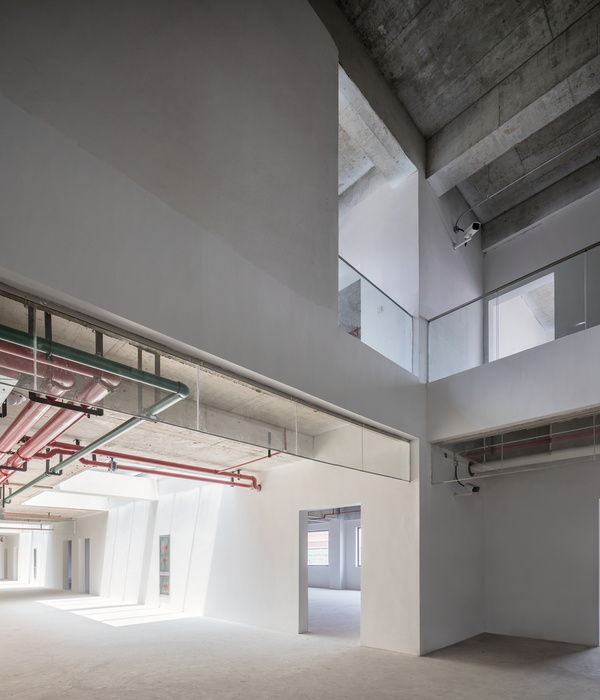Architects:Nordic Office of Architecture
Area:18000m²
Year:2020
Photographs:Knut Ramstad,Inger Marie Grini
Consultants:ENT AS,Norconsult,Bjørbekk & Lindheim,Cadi
Clients:Bærum municipality
City:Dønski
Country:Norway
Text description provided by the architects. Background. A treatment and housing center for people suffering from dementia has opened in Bærum, Norway. An increasingly important issue with the predicted ageing population is to achieve a better and more efficient care system for elderly people with dementia. Inspired by the De Hogeweyk dementia village in the Netherlands, the 18.000 m2 pilot project addresses these issues and provides a foundation for future dementia care in Norway.
Nordic – Office of Architecture created a comprehensive architectural and aesthetic concept that provides the best possible quality of life for dementia residents. The buildings and outdoor spaces were designed to help residents increase their activity and master everyday life. Residents can walk freely throughout the facility without closed doors. The complex consists of two levels of care: 136 communal housing units and 22 high-care dementia units. Residents in the communal living areas enjoy their familiar domestic comforts and welcoming common areas such as cafes, community center, fitness facilities and other amenities. The 22 high-care dementia units are provided for residents who are not capable of using the communal functions.
Concept. Carpe Diem Dementia Village was designed to feel like a recognizable home rather than an institution. Designed as a unified village, the residences, treatment center, and community center, have a natural border and an open dialogue with the surrounding area. The common house and administration area, together with the main entrance, form a square with an urban expression. The residences were designed to create a homely atmosphere in a typical small house environment, enhanced with gardens and squares. The two-to-three story buildings are broken up into smaller units for a pleasant village feel. Varied building heights and roof typologies adds to the friendly neighborhood feeling.
Inclusive Design. People with dementia often have trouble recognizing their surroundings and orienting themselves. It is therefore crucial that outdoor areas are perceived as clearly identifiable spaces. We have added various markers and easily recognizable elements throughout these spaces to ease wayfinding for the residents. Moving away from the use of artificial guidelines, we prioritized natural guidelines in the form of edges, facades, material separators, etc. Outdoor and indoor spaces, as well as all pathways and entrances, have also been developed according to inclusive design principles.
Material use. The overall design concept distinguishes between city and country. The square is surrounded by buildings of urban character and homes in green surroundings. This is emphasized externally in the choice of materials. The main material in all the facades is brick, which varies with two color shades that give a bright and consistent impression. As a secondary material, untreated wood cladding and wooden arrows of ore pine are used to create variety and give a homely character. Throughout the facility, there is extensive use of long-lasting, maintenance-free and robust materials in the facade and permanent fixtures, meeting the environmental requirements for the Nordic Ecolabel.
Project gallery
Project location
Address:Dønski, Norway
{{item.text_origin}}












